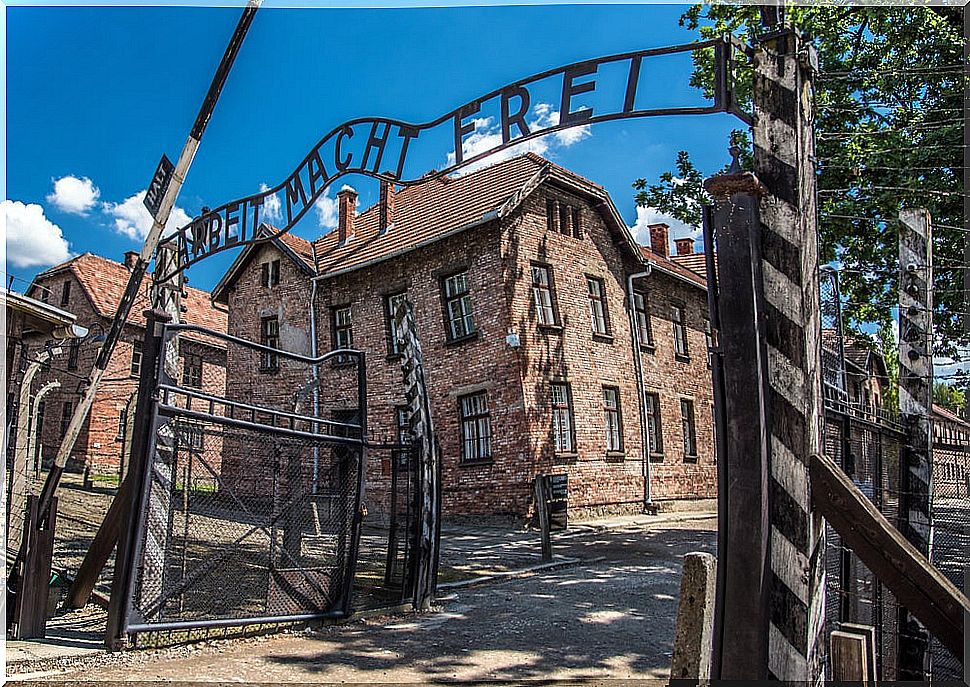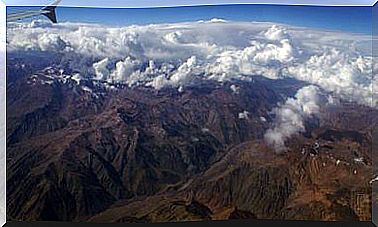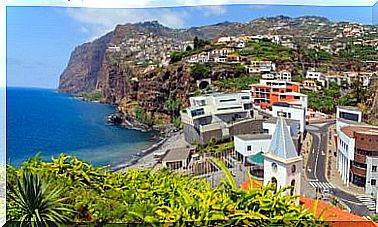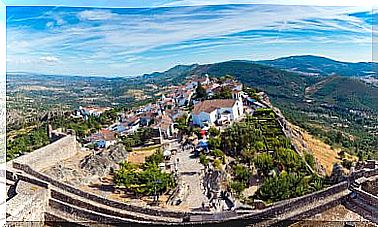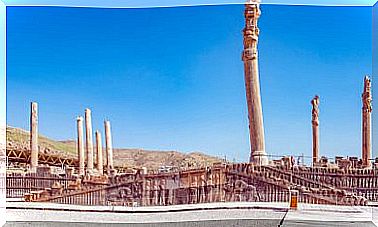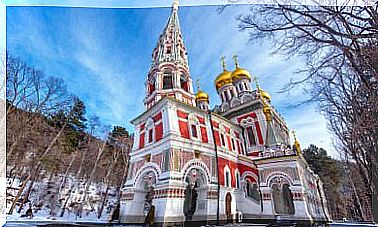The ESMA Memory Site Museum In Buenos Aires
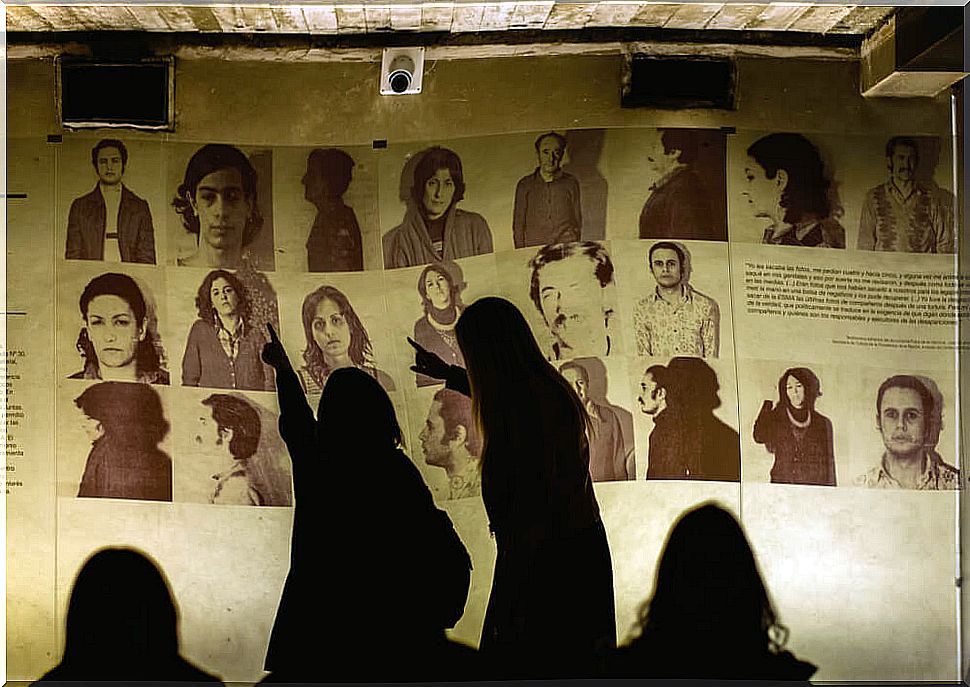
Sometimes, it is difficult to give a new meaning to a space to turn it into a place of memory. In this article we show an example that, despite difficulties and pain, it is possible to carry out this transformation. The Museo Sitio de Memoria ESMA in Buenos Aires is an example of this.
In 1976 there was a coup in Argentina that began a civil-military dictatorship called the National Reorganization Process (PRN). During the seven years that the PRN lasted, they wanted to establish a neoliberal economic and social model. To carry out his plan, state terrorism was institutionalized to eliminate any dissent.
Human rights were violated and the dictatorship left approximately 30,000 people missing. Since 1983, Argentine society has worked hard to repair this tragic episode in its history. His work has become an example to follow in the fight for truth, justice and historical reparation.
ESMA, a clandestine detention center
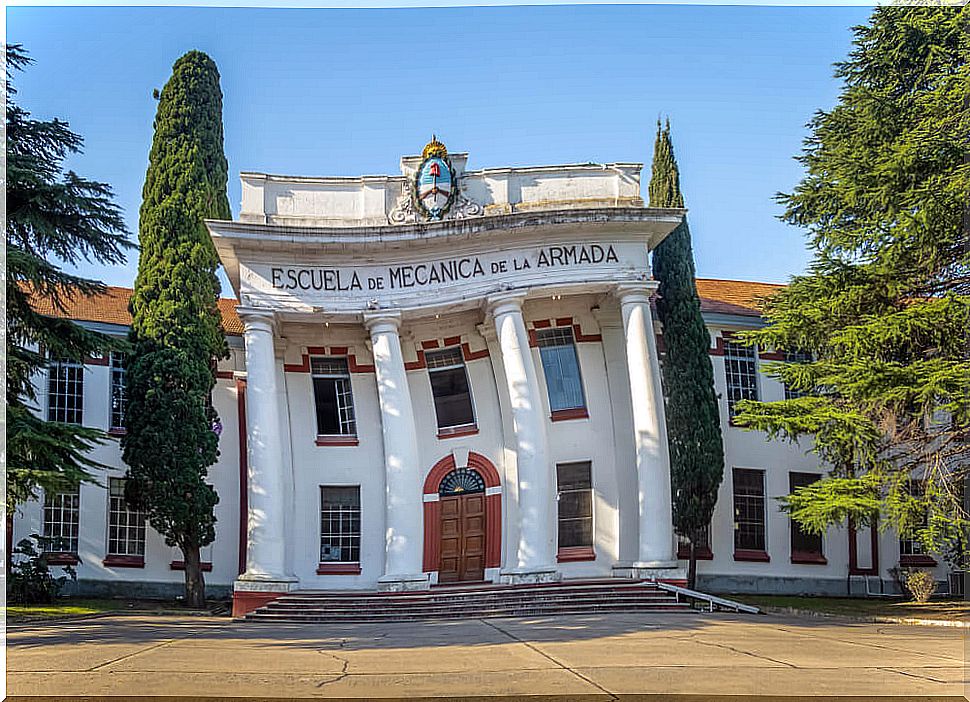
The School of Mechanics of the Navy (ESMA) began to be managed in 1924, when the Municipality of Buenos Aires gave the Navy 17 hectares of land to install a school for non-commissioned officers. In 1928 the first building, known as Cuatro Columnas, was inaugurated. Between 1930 and 1950 two others were built: the Naval War College and the Officers’ Casino.
Over the years , more buildings were built until they reached 35. In this small city, students entered as naval aspirants at the age of 15, approximately, and were trained in seven specialties.
Starting in 1976, the ESMA began to function as a clandestine center for detention, torture and extermination. It is estimated that up to 5,000 detainees-disappeared passed through these facilities.
State terrorism and clandestine detention centers
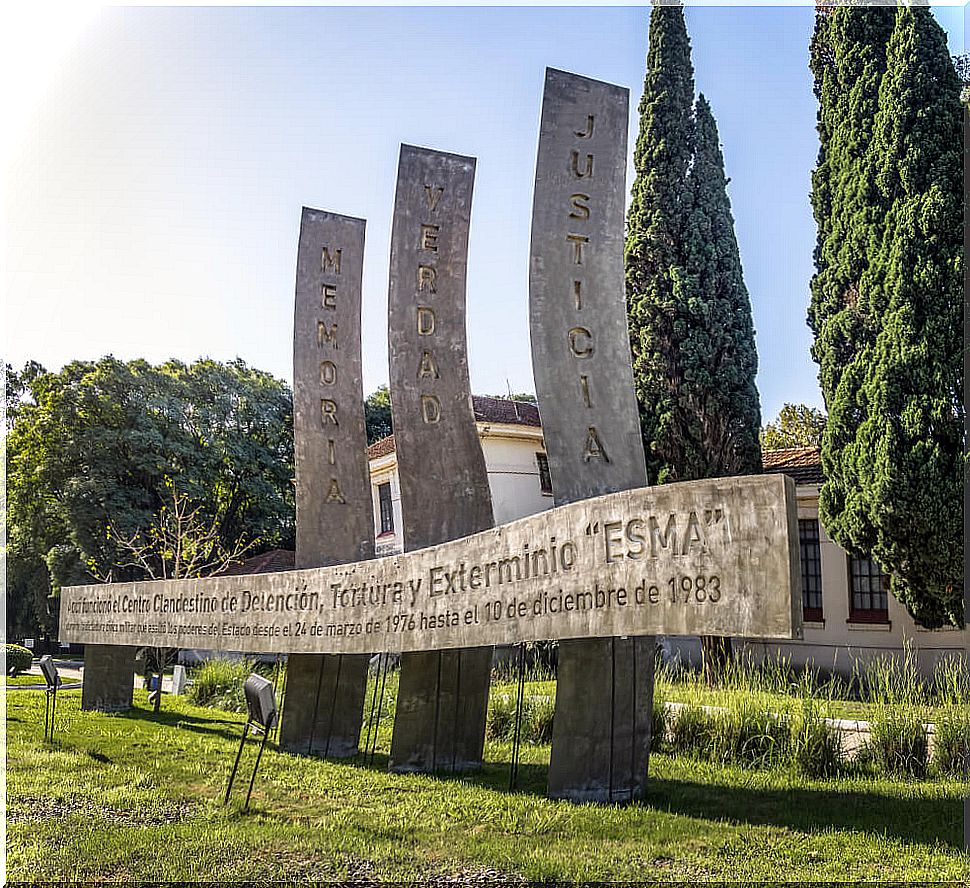
The investigations carried out have shown that a repressive methodology existed, the sequence of which was kidnapping, disappearance and torture. All of them, obviously, were carried out clandestinely. The kidnapping generally took place in the wee hours of the morning.
The members of the armed forces called ‘patota’ acceded violently and armed at the victim’s home. Once at the home, the kidnapped person was deprived of vision and transferred to the clandestine detention center.
Sometimes the interrogation and torture began in the home itself in the presence of family members. When there were children, eventually, the parents were made to witness the torture and were even tortured in the presence of their parents.

Once in the clandestine detention centers, the interrogations and the physical and psychological torture of the hostages began. The testimonial accounts are truly chilling. Some of them were published in the Report of the National Commission on the Disappearance of Persons.
It is estimated that there were up to 340 clandestine detention centers throughout the country. Thousands of people passed through them, illegally deprived of their liberty, disappeared for years or never returned. In these centers they suffered a sinister form of captivity, there daily life was transferred to the most subterranean confines of cruelty and madness.
ESMA was one of the main clandestine detention centers in Buenos Aires. The Officers’ Casino was the nucleus of the repressive action, although all the facilities of the military complex participated in this state terrorism.
The Ex-ESMA
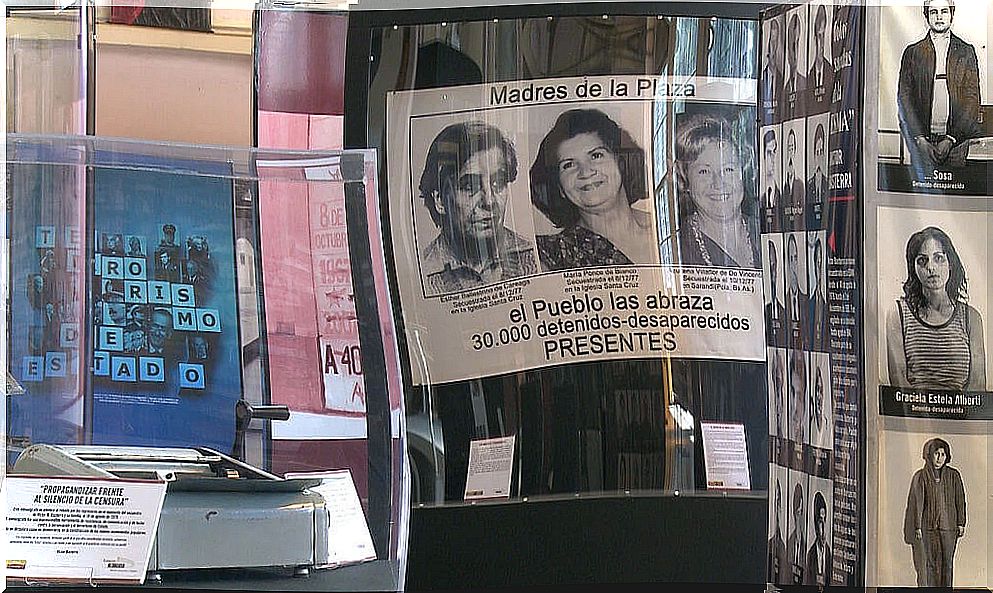
With the end of the dictatorship in 1983, despite public knowledge of the crimes committed there, the facilities continued to function as a school for non-commissioned officers. The governments after the National Reorganization Process, with their policies of impunity for the process, considered demolishing the ESMA to build buildings.
Faced with this, human rights organizations fought to prevent it and they succeeded. In 1998, relatives of the disappeared filed an appeal before the courts to prevent their destruction.
Finally, in 2004 the ESMA Navy was evicted and a project was started to create a space for memory and for the promotion and defense of human rights in that place. Currently, the place is the Museum Site of Memory ESMA, former Clandestine Center for Detention, Torture and Extermination (CCDTyE).
The museum can be visited from Tuesday to Sunday between 10 am and 5 pm. Admission is free and children under 12 are not allowed. Minors between 12 and 15 years old can access, but always accompanied by an adult.
